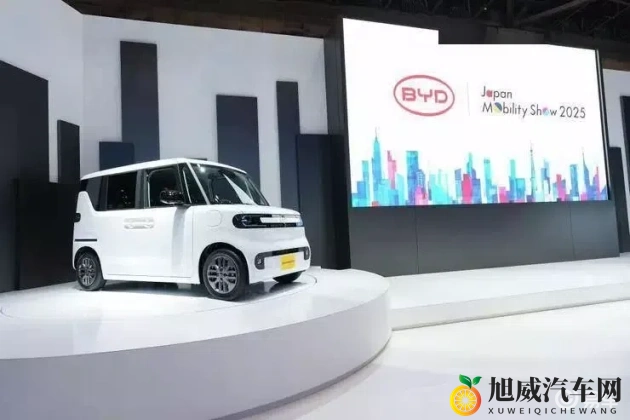Unveiling the Parallel: Vehicle Handling and Human Posture
When it comes to driving, there's a fascinating parallel that can be drawn between the way a person approaches a task and how a vehicle handles the road. One might ask, "Are the posture and technique of driving the same as when one is, say, 'punching one's own behind'?" Let's delve into this intriguing comparison.
In the realm of vehicle dynamics, posture refers to how a car sits on its suspension. A well-balanced posture ensures that the car remains stable and predictable, much like a person maintaining a good posture to perform tasks effectively.

When we talk about handling in a human context, it's akin to the way we approach tasks with precision and control. Just as one might need to adjust their posture to effectively carry out a task, a driver must adjust their vehicle's posture to navigate the road safely and efficiently.

The Parallels:
1. Staying Balanced: Whether you're trying to keep your posture aligned while working on a task or ensuring your vehicle is balanced on its suspension, it's all about staying centered and in control.

2. Adaptability: Both require adaptability. A person might need to change their posture when lifting heavy objects, and similarly, a driver must adapt to changing road conditions and vehicle dynamics.
Now, let's shift our focus to how a vehicle handles. The way a car responds to inputs from the driver is a testament to its handling characteristics. This is where the 'punching one's own behind' metaphor comes into play.
When you punch your own behind, you're essentially applying force in a controlled manner. The same can be said for a vehicle's handling. The more controlled the input from the driver, the more predictable the car's response.
The Differences:
1. Physical vs. Mechanical: While a person's posture is a physical matter, a vehicle's handling is a mechanical one. This means that the adjustments needed are often more complex and technical.
2. Skill vs. Engineering: The skill required to maintain a good posture is quite different from the skill needed to handle a vehicle effectively. Engineers design vehicles with handling characteristics that cater to a wide range of driving styles and skill levels.
So, while the metaphor of 'punching one's own behind' might seem whimsical, it does highlight the importance of control and balance in both human tasks and vehicle handling. Whether you're trying to maintain a good posture or driving a car, the principles remain the same: stay balanced, adapt to changes, and apply force with control.
Copyright © 2025 旭威汽车网
网站展示的汽车及品牌信息和数据,是基于互联网大数据及品牌方的公开信息,收集整理客观呈现,仅提供参考使用,不代表网站支持观点;